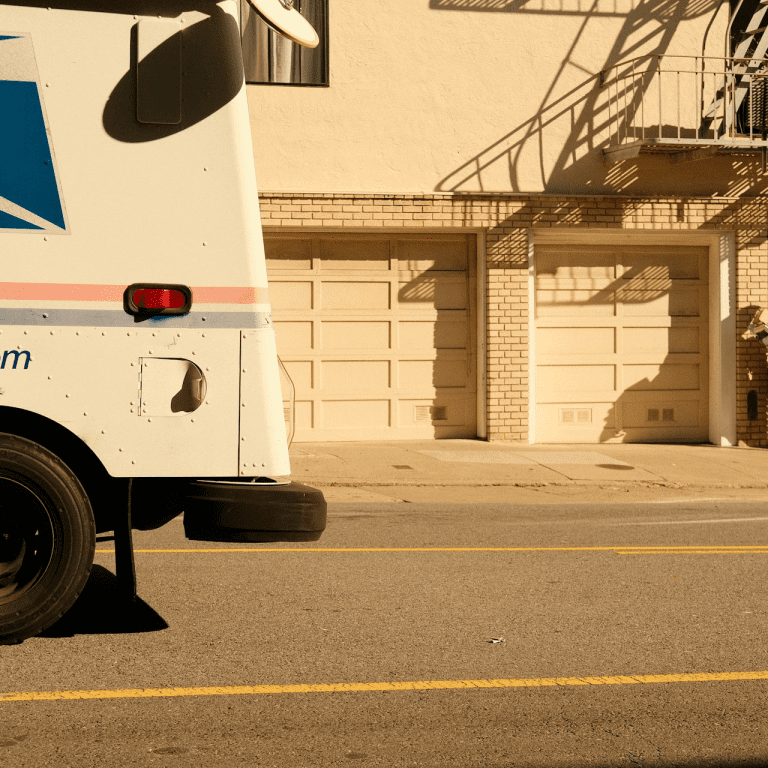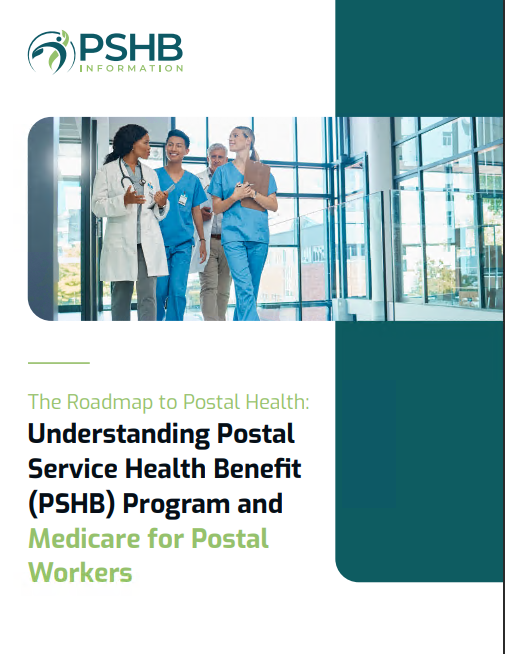Key Takeaways
-
You could meet all the obvious requirements for PSHB enrollment in 2025 and still be denied due to a lesser-known rule tied to Medicare eligibility.
-
Understanding the nuanced exceptions and eligibility triggers is critical if you’re a Postal Service annuitant or planning to retire soon.
PSHB Isn’t Automatic—And This Eligibility Rule Proves It
At first glance, qualifying for Postal Service Health Benefits (PSHB) in 2025 appears straightforward. If you’re a Postal Service employee or annuitant, and you were eligible under the FEHB system before, you might assume your PSHB eligibility is guaranteed. But that’s not always the case.
A lesser-known eligibility requirement could disqualify you from coverage—and it doesn’t come with loud warnings. This article explains the quiet but critical eligibility rule that hinges on your Medicare Part B status and what that means for your ability to keep PSHB coverage.
How PSHB Eligibility Works in 2025
As of January 1, 2025, the PSHB program has replaced FEHB coverage for Postal Service employees and retirees. While the PSHB system mirrors the structure of FEHB in many ways, it introduces stricter coordination rules with Medicare.
To be eligible for and maintain PSHB coverage in retirement, you must:
-
Be a Postal Service annuitant entitled to retiree benefits.
-
Enroll in a PSHB plan during Open Season or a qualifying life event.
-
Be enrolled in Medicare Part B if you meet certain conditions.
This third requirement is where things get more complicated—and where many retirees face unintentional disqualification.
The Medicare Part B Rule That Can Disqualify You
If you’re a Medicare-eligible Postal Service annuitant or family member, you are generally required to be enrolled in Medicare Part B to remain eligible for PSHB coverage in 2025 and beyond.
Here’s the catch: this rule doesn’t just affect people who are newly enrolling. It applies retroactively to those who were already covered under FEHB in 2024 but fall into specific Medicare eligibility groups now.
You must be enrolled in Medicare Part B if:
-
You retired before January 1, 2025 and were already enrolled in Medicare Part A.
-
You turn 65 in 2025 or later and become newly eligible for Medicare.
-
You are a family member of a Postal Service annuitant and are eligible for Medicare.
And if you’re not enrolled in Medicare Part B when required, you risk losing your PSHB medical and drug coverage.
Exemptions That Do Apply—But Only in Narrow Cases
There are some exceptions to the Medicare Part B requirement, but they’re limited. You may be exempt if:
-
You retired on or before January 1, 2025 and you were not enrolled in Medicare Part A.
-
You are an active Postal Service employee, regardless of Medicare status.
-
You reside outside the United States in a location where Medicare coverage is not available.
-
You are covered by VA healthcare or Indian Health Services, but only in specific circumstances.
It’s worth noting that turning 65 in 2025 doesn’t automatically exempt you. You’ll need to enroll in Medicare Part B during your Initial Enrollment Period (IEP) to stay compliant with PSHB eligibility rules.
What Happens If You Don’t Enroll in Part B on Time?
If you’re required to enroll in Medicare Part B but miss your Initial Enrollment Period, your PSHB coverage could be suspended or terminated until you do enroll.
You’ll have to wait until the General Enrollment Period (January 1–March 31) to sign up, and your coverage will not begin until July 1 of that year. That means you could face a six-month gap in health coverage.
During that gap:
-
PSHB plans will not cover medical expenses that Medicare Part B would normally pay for.
-
You will be responsible for 100% of those costs out-of-pocket.
-
If prescription drug coverage is tied to Medicare enrollment, you could lose access to that benefit as well.
How the Part B Rule Affects Family Members
This rule also affects family members covered under a PSHB family plan. If any covered family member becomes eligible for Medicare, they too must enroll in Medicare Part B to remain covered.
If a spouse or other family member fails to enroll in Medicare Part B:
-
That individual will lose their PSHB benefits.
-
The rest of the family may still retain coverage, but without drug benefits for the ineligible member.
It’s crucial to coordinate enrollment carefully to avoid unintended lapses.
The Role of the Medicare Part D EGWP
For Medicare-eligible enrollees, PSHB plans automatically include prescription drug coverage through a Medicare Part D Employer Group Waiver Plan (EGWP). This EGWP is tightly linked to Medicare Part B enrollment.
If you opt out of Medicare Part B:
-
You will also lose access to this EGWP coverage.
-
You may not be able to re-enroll in the drug benefit until the next calendar year.
-
You will need to seek alternative prescription coverage, often at a higher cost and without PSHB integration.
Why This Rule Catches People Off Guard
This Medicare requirement isn’t exactly new, but many Postal retirees are unaware that it can directly impact their PSHB eligibility.
Why?
-
Under the old FEHB system, Medicare Part B enrollment was optional.
-
Many retirees chose to skip Part B to avoid monthly premiums.
-
There was no immediate penalty beyond standard Medicare late enrollment fees.
In 2025, skipping Part B could mean losing all medical coverage under PSHB—something many retirees are only discovering after the fact.
Key Deadlines You Must Track in 2025
To stay protected, be aware of the following time-sensitive periods:
-
Initial Enrollment Period (IEP): Starts 3 months before your 65th birthday and ends 3 months after.
-
General Enrollment Period (GEP): Runs from January 1 to March 31 each year. Coverage begins July 1.
-
PSHB Open Season: Typically occurs from November to December, exact dates announced annually.
Missing any of these periods could result in permanent coverage changes or delays that expose you to high medical costs.
Strategies to Avoid Disqualification
To prevent surprise disqualification from PSHB:
-
Enroll in Medicare Part B as soon as you’re eligible, unless you qualify for a clear exemption.
-
Track family members’ Medicare status and enroll them in Part B when required.
-
Verify PSHB plan requirements for Part B and Part D coordination each year during Open Season.
-
Contact a licensed agent listed on the website if you have any doubts about your eligibility.
Being proactive is the only way to avoid falling through the cracks.
Why You Shouldn’t Assume You’re Safe
If you’re nearing retirement or turning 65 this year, don’t assume that past eligibility under FEHB translates seamlessly to PSHB.
The Medicare Part B requirement changes everything:
-
It’s enforced differently from previous years.
-
It’s tied to drug coverage you may need.
-
It has fewer exemptions than most expect.
A single missed enrollment window could leave you without care for months and with drug coverage you can’t recover until the following year.
PSHB Rules Are Still Evolving
The PSHB system is still new and subject to administrative clarifications. But one thing is already clear: Medicare Part B enrollment is no longer optional if you want to keep your full benefits.
Stay updated, review your eligibility annually, and don’t rely on outdated assumptions about FEHB. This new system has new rules—and they come with real consequences.
Stay Ahead of the Quiet Rule Before It Costs You Coverage
You’ve worked hard to earn your Postal Service benefits. Don’t risk losing them because of a quiet eligibility rule buried in the fine print. Take action now:
-
Review your Medicare enrollment status.
-
Confirm your spouse or dependents are enrolled in Part B if required.
-
Get in touch with a licensed agent listed on this website to walk through your PSHB eligibility and plan details.
Better to act early than to find out too late.











